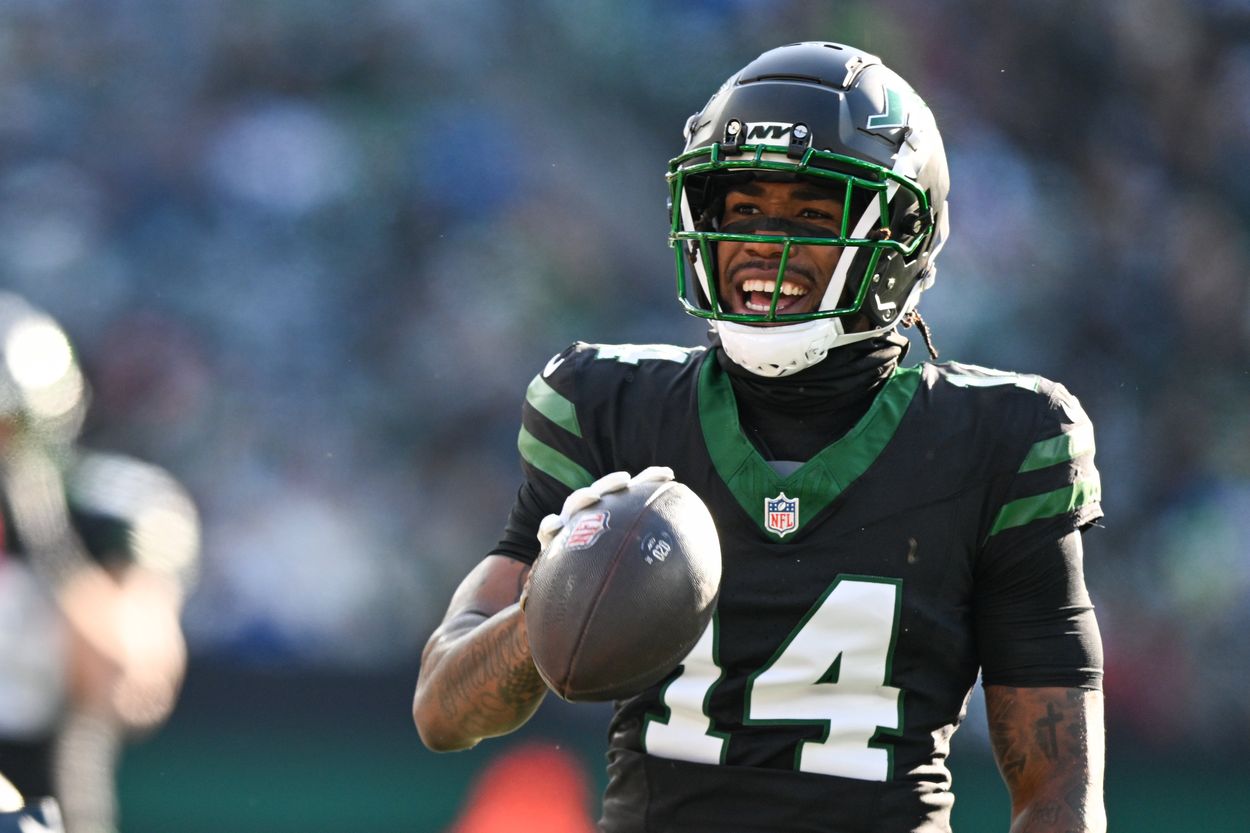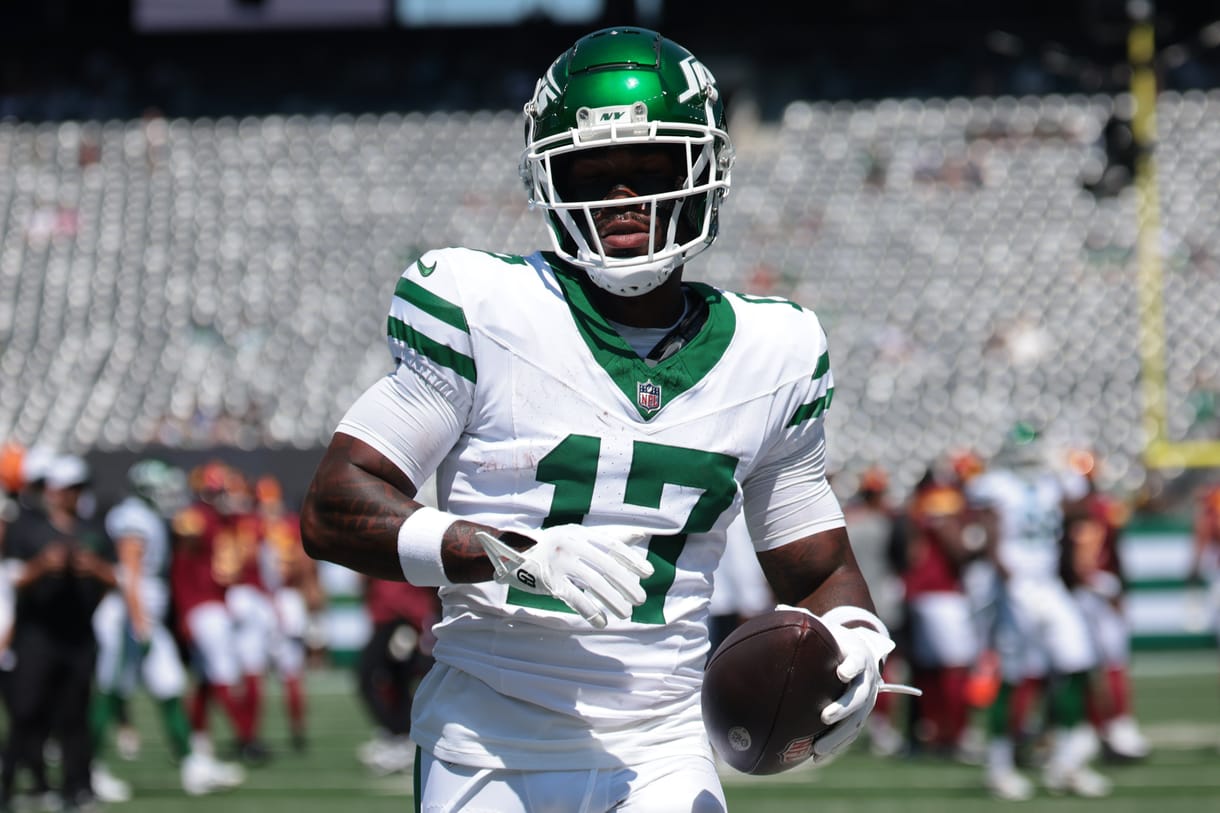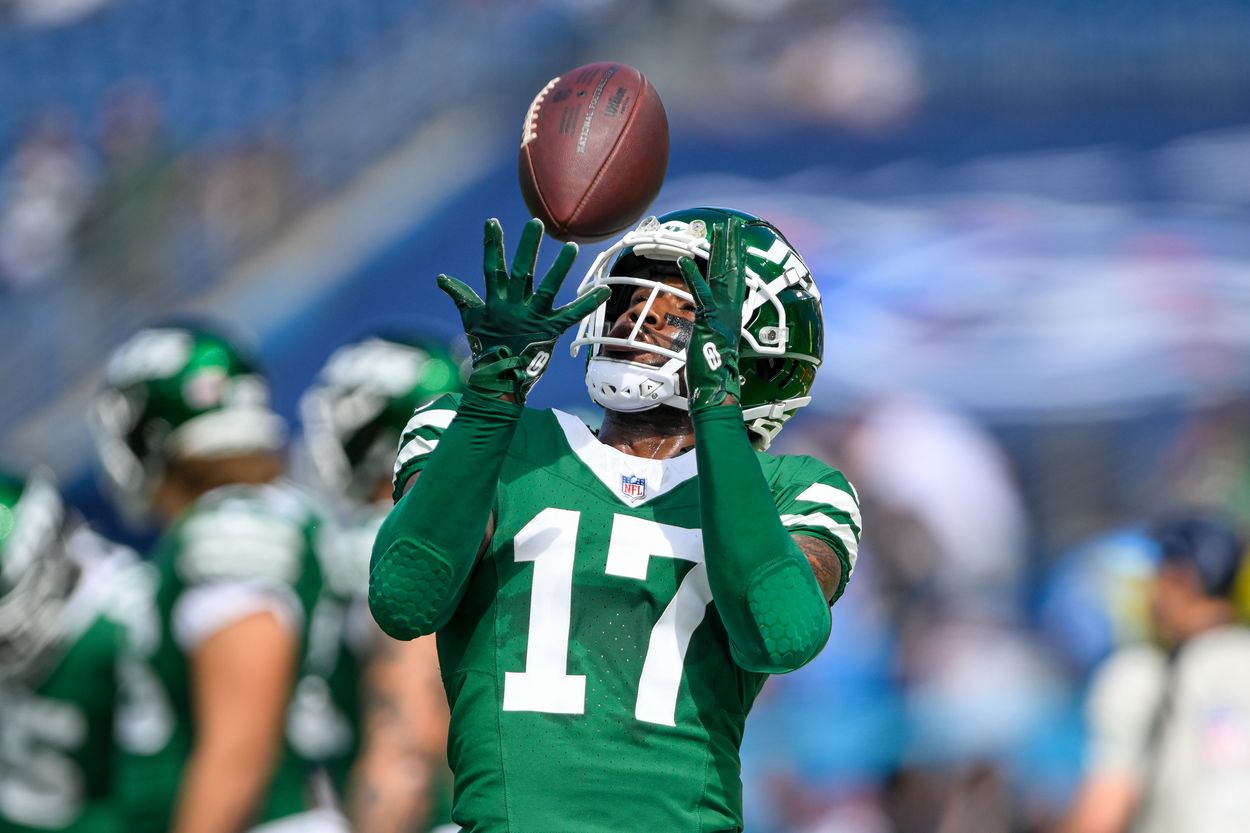
Change in the NFL doesn’t always come gently — sometimes it hits like a wave, washing away old identities and forcing new ones to emerge.
That’s where the New York Jets now find themselves, building an entirely new offensive blueprint around quarterback Justin Fields.
Gone is the structure tailored to Aaron Rodgers. In comes a system designed for movement, improvisation, and untapped potential.
A bold new direction at quarterback
Justin Fields isn’t just different from Rodgers — he’s built from another football galaxy.
The Jets didn’t sign him to be a stopgap. They gave him a two-year deal because they believe there’s something real to unlock.
His legs change games, but it’s his arm that still needs refining. That means designing an offense that plays to his strengths, not forces him into old habits.
The Jets will rely on play action, quick throws, and designed runs — an entirely new rhythm that needs the right kind of supporting cast.

Offensive line gives hope, weapons create questions
One major advantage? Protection.
The Jets have spent serious capital on building one of the best offensive lines in football, and that investment is finally paying off.
But the weapons around Fields are more of a work in progress.
Garrett Wilson is a star — no questions there. He’s the true WR1 and will be Fields’ security blanket.
Allen Lazard remains under contract, providing size and experience, though his production has dipped.
The departure of Davante Adams leaves a hole. The Jets hope two young receivers can fill it.
The forgotten name ready to make noise
Many fans are overlooking a 2024 third-round pick who deserves more attention: Malachi Corley.
He only had three catches on six targets last season for 16 yards. It wasn’t the kind of debut that turns heads.
But Corley has the tools. His contact balance is elite, and he plays with an edge that makes him hard to bring down.
At 23, he’s still raw, but he was one of the most intriguing playmakers in his draft class.
The Jets would be wise to give him a real shot at becoming a key piece in this evolving offense.

A new challenger enters the mix
This year, the Jets added more fuel to the competition, drafting Georgia speedster Arian Smith in the fourth round.
Smith is lightning in a bottle — but he comes with baggage. He dropped 10 passes last year, catching 48 balls for 801 yards and four touchdowns.
His role will likely be gadget-based, using his speed in motion, jet sweeps, and screen passes.
At the same time, he’s the same age as Corley, and both will be fighting for similar touches in a modernized offense.
Position battle will define who rises with Fields
Corley versus Smith may not grab headlines now, but this battle could shape how effective Fields can be in 2025.
The Jets don’t need stars — they need role players who can create after the catch and stretch defenses horizontally.
Whoever shows up first in camp could become the surprise playmaker of the season, especially in an offense designed for movement and misdirection.
Popular Reading:
Jets add towering undrafted wide receiver to multi-year deal